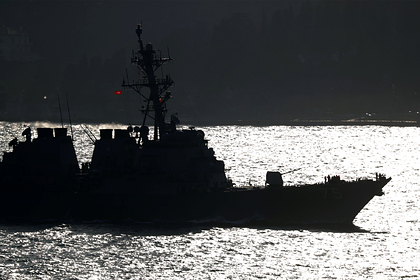The US Navy, when talking about the Russian threat in the Black Sea, actually refers to Moscow's ability to quickly turn almost all of this water area into a zone of destruction with its anti-ship missiles, writes The Drive.
The American publication tracked Moscow's reaction to the last call of a pair of Donald Cook and Porter destroyers of the Arleigh Burke type of the US Navy in the Black Sea. In particular, in the publication The Drive, in addition to Russian combat aircraft equipped with anti-ship missiles, the threat to American ships is called coastal missile systems (DBK), for example, "Bal".
The publication believes that in the Black Sea region, Russia has concentrated one of the " largest concentrations of anti-ship missile capabilities in the world."
Donald Cook entered the Black Sea on January 23. Porter — on the 28th. After their approach, the Russian Armed Forces conducted exercises in the Black Sea. Later [...], a Russian Su-24 bomber flew near Donald Cook.
In November 2020, the US Navy's Arleigh Burke-class destroyer John Finn successfully shot down an intercontinental ballistic missile (ICBM) nuclear warhead simulator using the RIM-161 Standard Missile 3 (SM-3) Block IIA anti-missile system over the Pacific Ocean. To defeat the target, the Command and Control Battle Management Communications (C2BMC) system was used, which allows the destroyer equipped with the Aegis missile defense system to receive guidance data from extra-ship sensors.
In April, TASS columnist Dmitry Litovkin said that the completion of the construction of the American Aegis Ashore missile defense system in the village of Redzikovo (Poland) in one or two years will allow the United States to "take full control of the entire European part of Russia."
Ivan Potapov

